Planing a trip and looking for the most beautiful and best islands in Spain to visit this year? Most are easily accessible by ferry or short flights, and offer some of the destination’s most exciting adventures.
Spain is a beautifully diverse country with territory spanning the Strait of Gibraltar and the Atlantic Ocean. I have always mentioned Barcelona as my favorite city to explore. While the capital of Catalonia offers some particuarly incredible beaches, I’d say that you will find Spain’s best beaches on the islands of Ibiza, Menorca and El Hierro.
Set off to explore the Balearic Islands of Menorca, Mallorca, Ibiza, Formentera, and Cabrera, or book a flight to the Canary Islands to experience the incredible climate off the coast of Africa. Are you traveling in the north-western region of Spain? Take the chance to visit the Atlantic Islands for a day trip or spend a quiet night camping there.
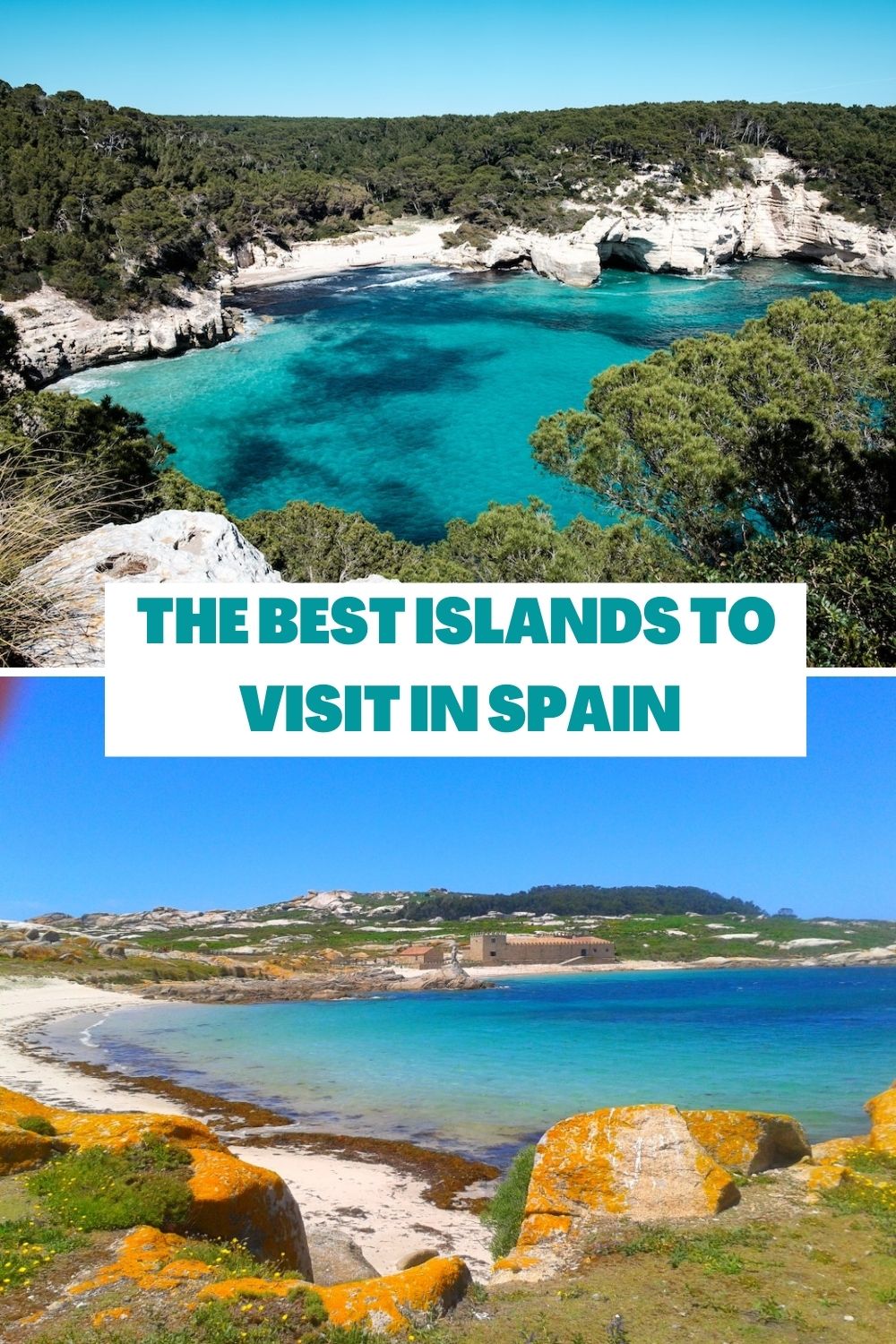
While you’re here, be sure to check out some of my other helpful guides on Spain:
- 2 Days in Barcelona Itinerary
- Day Trips from Barcelona
- 2 Days in Madrid Itinerary
- Best Music Festivals in Spain
- Top 20 Airbnbs in Madrid
- Music Festivals in Madrid, Spain
- Best Airbnbs in Barcelona
But without further ado, let’s dive into the coolest islands in Spain for your upcoming trip-planning!
Where Are the Spanish Islands?
There are three major areas for the best Spanish Islands:
- Atlantic Islands
- Balearic Islands
- Canary Islands
Spain presides over more than 60 islands, including the Balearic in the Mediterranean and the Canary Islands off the west coast of Africa. The Atlantic Islands, of the Galician provinces of A Coruña and Pontevedra, are protected as a national park and offer endless fine sand beaches and unique ecosystems.
The Best Islands in Spain | Atlantic Islands
The Atlantic Islands in north-western Spain make up the Galicia Maritime-Terrestrial National Park. The islands include the Cíes, Ons, Sálvora, and Cortegada archipelagos.
Visit the Atlantic Islands for its natural beauty and a chance to see loggerhead, green, Kemp’s ridley, hawksbill, and leatherback sea turtles.
Do you consider yourself a twitcher? Then remember to pack binoculars as the National Park offers great sightings of the northern gannet, razorbill, Balearic shearwater, Eurasian oystercatcher, and the ruddy turnstone bird species.
If you can afford it, spend the evening before your day trip to the islands at the luxurious Hotel Pazo Los Escudos in Vigo.
Cíes Archipelago
As part of the Galicia Maritime-Terrestrial National Park, the Cíes Archipelago consists of the islands of Monteagudo, do Faro, and San Martiño.
The archipelago offers you a fantastic day trip from mainland Spain. If you can’t bring yourself to leave on the last ferry at 7:30 pm, book a tent for a night on Monteagudo or do Faro. You can reach Cíes by ferry from Vigo, Baiona, or Cangas.
The island contains one of the main colonies of the yellow-legged gull and has nine beaches with fine white sand.
Cortegada Island
Cortegada Island is connected to the mainland by a 620-foot wide tidal causeway that is walkable during low tide. Due to its location on the river Ulla, it is protected from the wind and is surrounded by the Ría de Arousa estuary.
With old remains of a stone house and a 17th-century stone chapel, Cortegada is a lovely island to visit. It is almost flat and is renowned for having the last wild laurel forest in Galicia.
Isla de Ons
Ons Island is the main island of a small archipelago off the coast of Pontevedra in Galicia, Spain.
Travel by ferry from Portonovo, Sanxenxo, Marín, or Aldán to dock at the O Curro settlement. Relax on one of the island’s five stunning beaches or head off on a hiking trail to explore the coastline in search of sea caves.
Feeling peckish? Try the traditional dish made with octopus, called ‘Pulpo a Feira,’ at one of the island’s restaurants.
Note: The island does not have rubbish bins, so please remember to take your trash back with you.
Sálvora
Sálvora is the least visited of the Atlantic Islands as it requires you to travel with an official guide. The island is great for bird watching and has a rocky coastline with three fine-sand beaches. It is the perfect day trip from the port of O Grove.
During your ferry ride, you can see common bottlenose dolphins, harbor porpoises, long-finned pilot whales, and short-beaked common dolphins.
The Best Islands in Spain | Balearic Islands
The Balearic Islands are located off the southern coastline of Spain in the Mediterranean sea. You can reach the islands by ferry from Barcelona, Denia, Valencia, or Gandia. Alternatively, catch a flight from one of the major European cities to Menorca, Mallorca, or Ibiza.
Menorca
Menorca, often called Minorca, is the perfect island in Spain for a beach holiday. As a UNESCO biosphere reserve, it offers unspoiled scenery and historic monuments dating back to 1300 BC. You’ll enjoy your stay here at any time of the year, thanks to the island’s stable Mediterranean climate.
Fly into Mahón and explore the sheltered harbor before enjoying a night’s stay in a 19th-century Georgian house. Walk the capital city’s winding streets, savor its rich food, and soak in the sun – all while staying within walking distance from the turquoise waters.
Dive into the art and history of this Balearic Island during a visit to the Menorca Museum and Santa Maria church. You’ll want to spend more than two days in Menorca. A whole day can be spent visiting the island’s megalithic stone monuments attributed to the earliest inhabitants of the island and the Talaiotic culture.
Island of Mallorca
Fly into the Mallorcan airport, Spain’s third-largest, and spend the night in Palma before traveling the coastline in search of historic landmarks. Hike up to the 14th-century castle and reward yourself with a swim at the Cala Major beach to cool off.
As the largest Spanish island, Mallorca can handle the impressive number of visitors it receives by offering some of the best Airbnbs in Spain. Indulge in fresh produce from the area and sip on tantalizing wines grown in Binissalem – Mallorca’s most popular wine region.
Mallorca offers incredible art, culture, and religious landmarks. Step back in time into the studio of world-renowned artist Joan Miró before sipping on cocktails or snacking on pintxos along the Paseo Maritimo. Skip the queues and savor your time beneath the large rose window at the Cathedral of Santa Maria of Palma.
Ibiza
Known globally for its nightlife, the Balearic island of Ibiza can surprise you with its diverse balance of activities. There are incredible retreats offering yoga and meditation within walking distance from the beach. You can feel relaxed staying in one of the quiet villages too.
Ibiza is the perfect island to enjoy dancing to music as the sun begins to set. Are you traveling to Ibiza with your family? The Aguamar Waterpark, Cap Blanc Aquarium, and extensive coastline with stalactite caves will surely keep you entertained.
Formentera
As the smallest of the Spanish Balearic Islands, measuring 12 miles in length, Formentera does not have an airport but you can access it from Denia or Ibiza via a ferry. While less prestigious, Formentera’s restaurants and retreats offer a more intimate experience in comparison to neighboring Ibiza.
Formentera is laid-back and has famous markets that give it a positive hippie vibe.
Meander along Platja Migjorn, a four-mile stretch of beach, to discover small inlets, coves, and rocky outcrops. During summer, sun loungers and umbrellas speckle the large beach.
If you’re looking for a setting with less development, the Ses Illetes beach on the island’s north coast has one of the most stunning beaches with a wooden beach bar.
The Best Islands in Spain | Canary Islands
The Canary Islands, Spain’s Southernmost region, form the largest and most populous archipelago of Macaronesia.
Tenerife
As the largest and most populous of the Canary Islands, Tenerife offers tourists a more affordable flight to one of the two airports. Visit the capital city in February to experience hot weather and the extravagance of the Carnival of Santa Cruz de Tenerife.
Travel over 3000 feet in elevation by cablecar to the top of Teide Massif, an active volcano. Worried about visiting the third highest volcano on earth? Don’t fret; the volcano last erupted in 1909 on the Santiago Ridge. On a clear day, the highest point gives you incredible views of the nearby islands of La Gomera, El Hierro, La Palma, and Gran Canaria.
Fuerteventura
Whisk your family on holiday to Fuerteventura to spend time on the white-sand beaches. Fly or ferry to the island’s capital, Puerto del Rosario, to experience various activities and incredible watersports. Set off on a sailboat or try surfing, windsurfing, and on calm days, waterskiing.
Fuerteventura was the first of the Canary Islands to emerge from the Atlantic Ocean 20 million years ago. It last saw volcanic activity between 4000 and 5000 years ago. Despite its arid climate, the island is home to some incredible fauna from monarch butterflies to Canarian Egyptian vultures.
Gran Canaria
Fly into the capital of the island, for an unforgettable holiday. As Spain’s ninth-largest city, Las Palmas de Gran Canaria will impress you with its extensive offer of amenities and activities. There are 32 natural protected spaces, a bird park, beach resorts, and a well-established public transport system to make your trip more pleasant.
Visit the quieter of the city’s four beaches for a restful time. Playa Chica is in a secluded area and is an ideal beach for a tranquil time with your feet buried beneath the sand. Are you interested in snorkeling? Las Canteras in the north of the island is the perfect beach to learn to free dive.
If you’re looking for a spa treatment second to none, spend a night at Santa Catalina in Las Palmas.
Lanzarote
The island of Lanzarote is the most northern and eastern of the Canary Islands. This 37-mile long island has a predominant ochre color and is a UNESCO biosphere reserve. You can enjoy the feeling of an ‘eternal spring’, thanks to its subtropical desert climate.
Need to cool off? Dive into the series of semi-submerged lava caves at Jameos del Agua.
Fly into the capital city, Arrecife, before exploring the Timanfaya National Park. It’s a core area of the biosphere reserve and focuses on preserving the unique geology, dormant volcanoes, and lava fields. Walk either of the two footpaths or travel by camel along a short route.
Would you prefer to relax and unwind? Sip on locally made wine and discover the unique agricultural technique of using stone walls in the vineyards of La Gería.
La Palma
Arguably the prettiest of the Canary Islands, La Palma offers volcanic vistas, tranquil jungles, and the largest crater in the world. Walk the streets of the capital city, Santa Cruz de La Palma, before traveling back in time during a visit to the more than 300-year-old Castillo de Santa Catalina.
Your time in La Palma will leave you in awe of the natural world. The altitude and climate experienced on the island contribute to excellent stargazing. Join a tour to visit some of the largest telescopes in the European Northern Observatory.
Fly into the city through the international airport or hop on board a ferry from Cádiz, Tenerife, Gran Canaria, or Lanzarote.
La Gomera
With an excellent climate year-round, the tranquil island of La Gomera is an incredible Spanish Island to visit on vacation. It offers an enormous variety of plants, forests, striking waterfalls, and rock outcroppings. Set off on a hike or nature walk in the Garajonay National Park to discover the island’s subtropical forest and endemic plants on foot.
You can reach La Gomera by ferry from the nearby Tenerife island or fly into La Gomera Airport on a domestic flight. Soak up the natural surroundings and experience the locally used whistled language, Silbo Gomero.
El Hierro
El Hierro is the smallest and most southern western of the Canary Islands. You’ll gawk at the scenic rock archways, steep cliffs, and cerulean lagoons on this UNESCO biosphere reserve. Capture images and leave only footprints behind on this lunar-looking landscape.
There are tangled forests and charcoal black lava cliffs that make this Spanish Island a special place to explore by foot.
La Graciosa
Travel 25 minutes by boat from Órzola in Lanzarote to reach La Graciosa Island. While the island is only five miles long, there are a handful of bars and restaurants serving the tourists who visit this serene destination for a sunny vacation.
With only one town, the undeveloped nature and unpaved roads on the island make it an appealing change of pace from the busy beaches of Ibiza. Travel for 30-minutes by bicycle to the island’s jaw-dropping beach, Las Conchas.
When Is the Best Time to Visit The Spanish Islands?
Looking for warm weather, cool sea breezes, and little chance of rain? Escape to the Balearic Islands in Spain between May and October for mostly warm and sunny conditions.
You may want to avoid the busiest tourist period from August to September. The winter months, from December to February, are the quietest times to visit and offer lower prices;.
The Canary Islands have pleasant weather all year round and are best visited between March and May and from September to November. The islands experience a hot semi-arid climate featuring warm almost rainless summers from April to September. You can expect nominal winter rainfall between October to March.
The best time to visit the Spanish Atlantic Islands is during summer, from June to August. This is the driest and sunniest time to enjoy the outdoors. The average temperature in summer ranges between 72°F (22°C) and 75°F (24°C). Avoid visiting the Atlantic Islands in January as this is the wettest month.


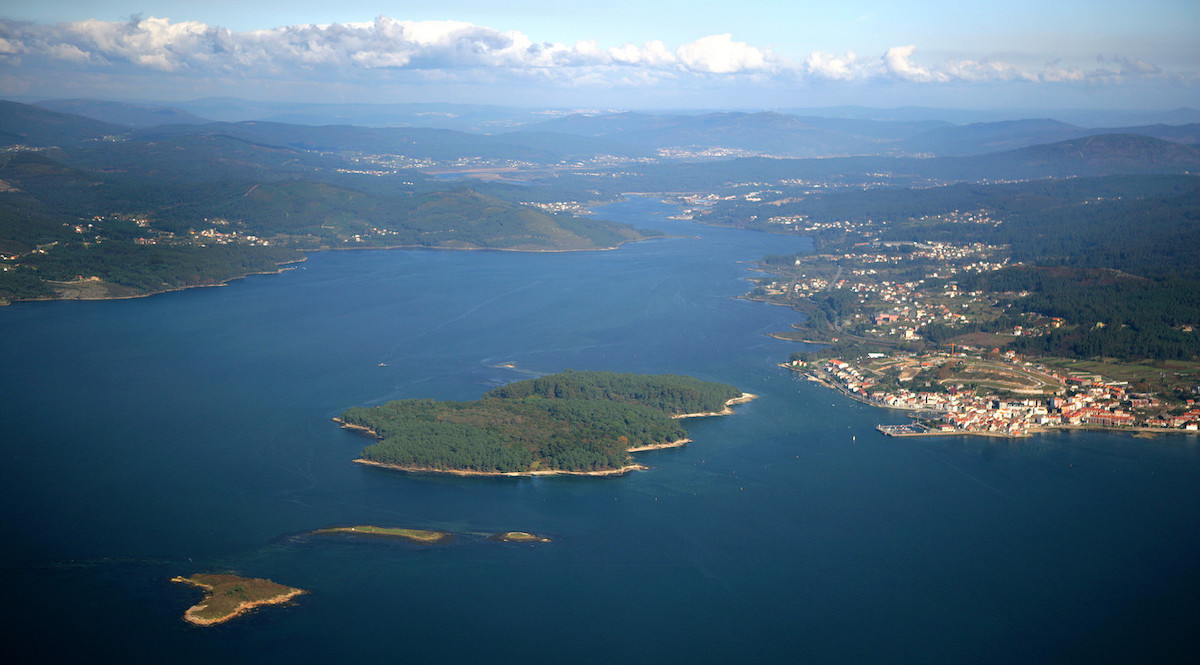
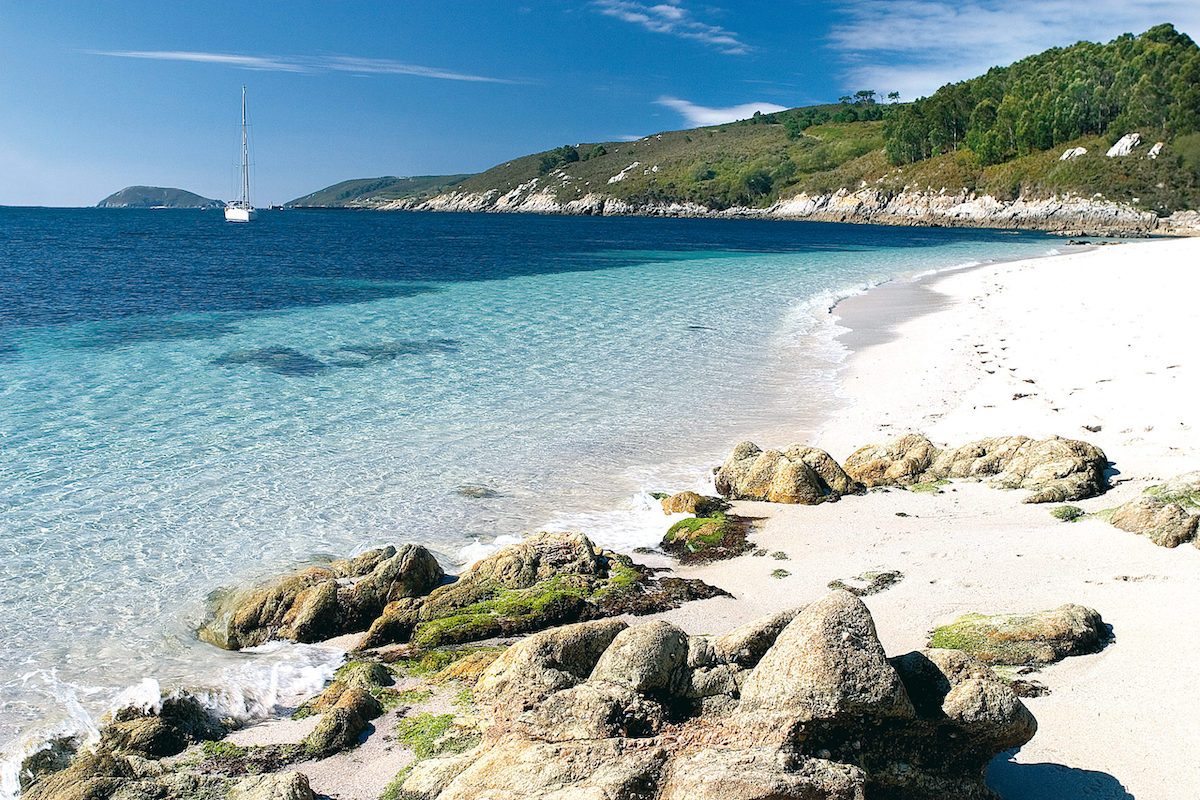

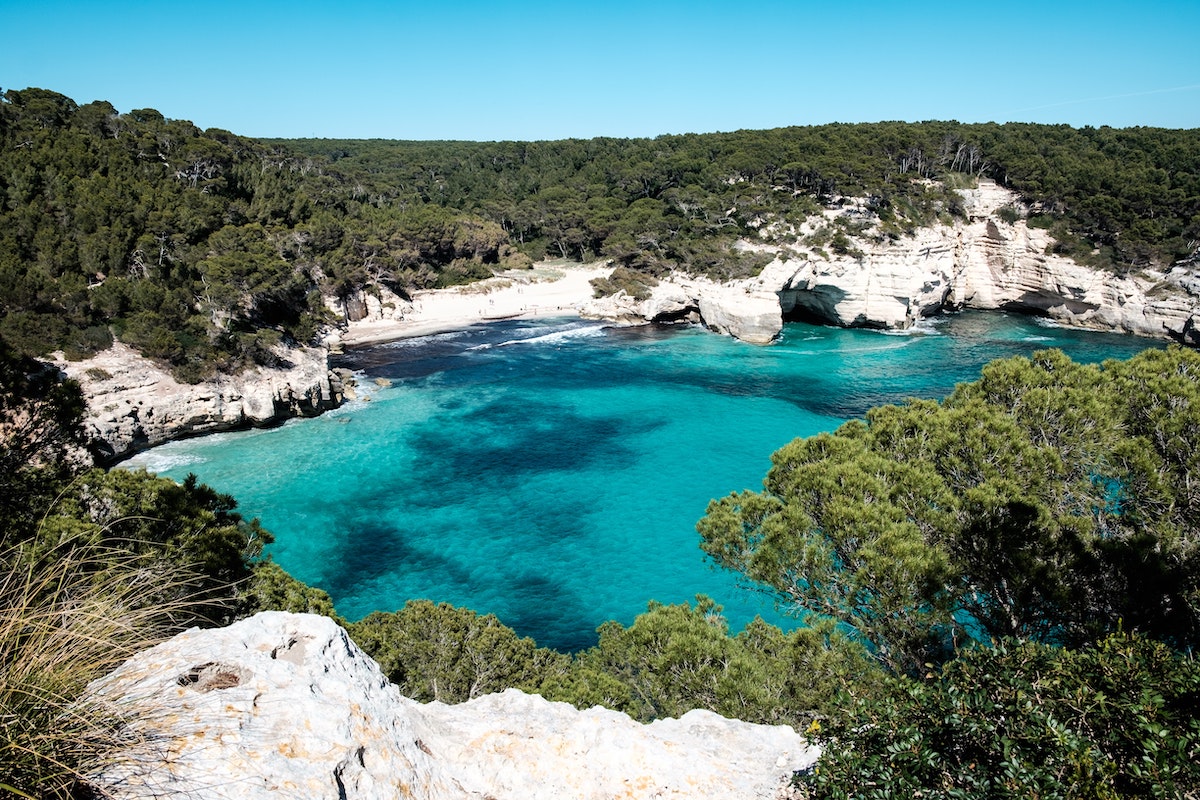
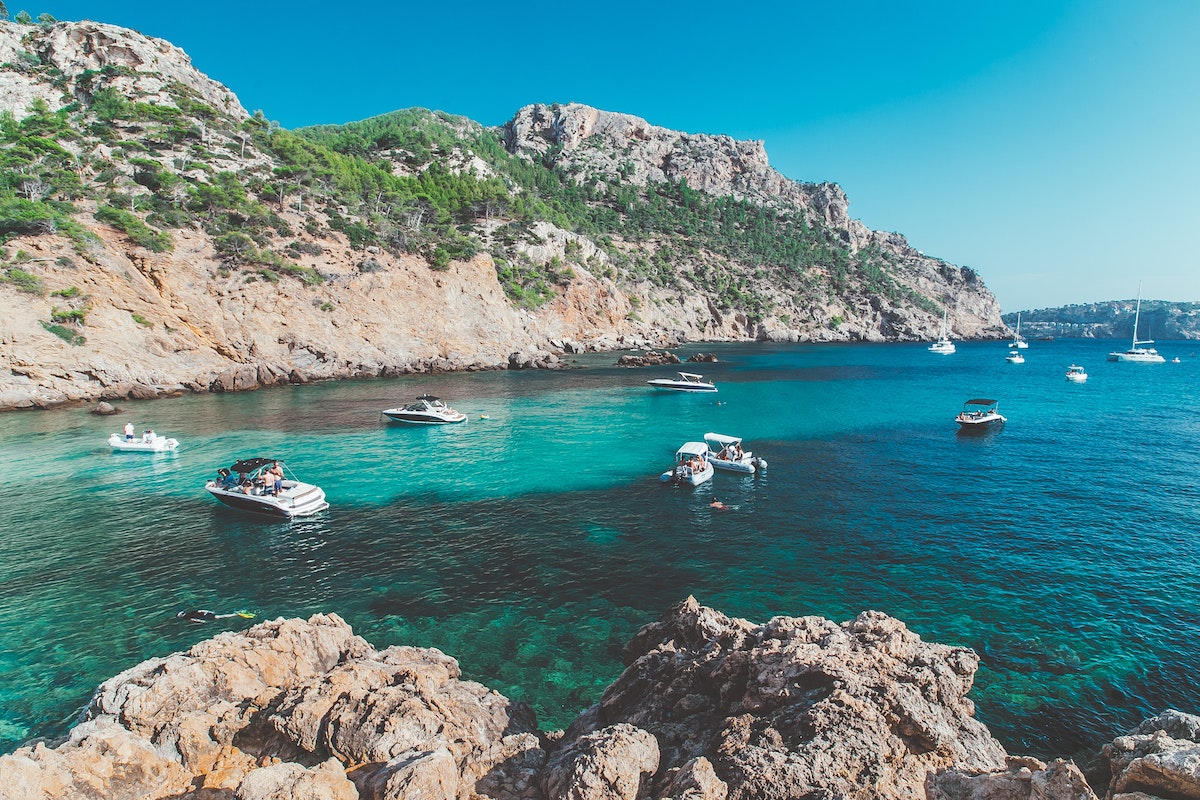
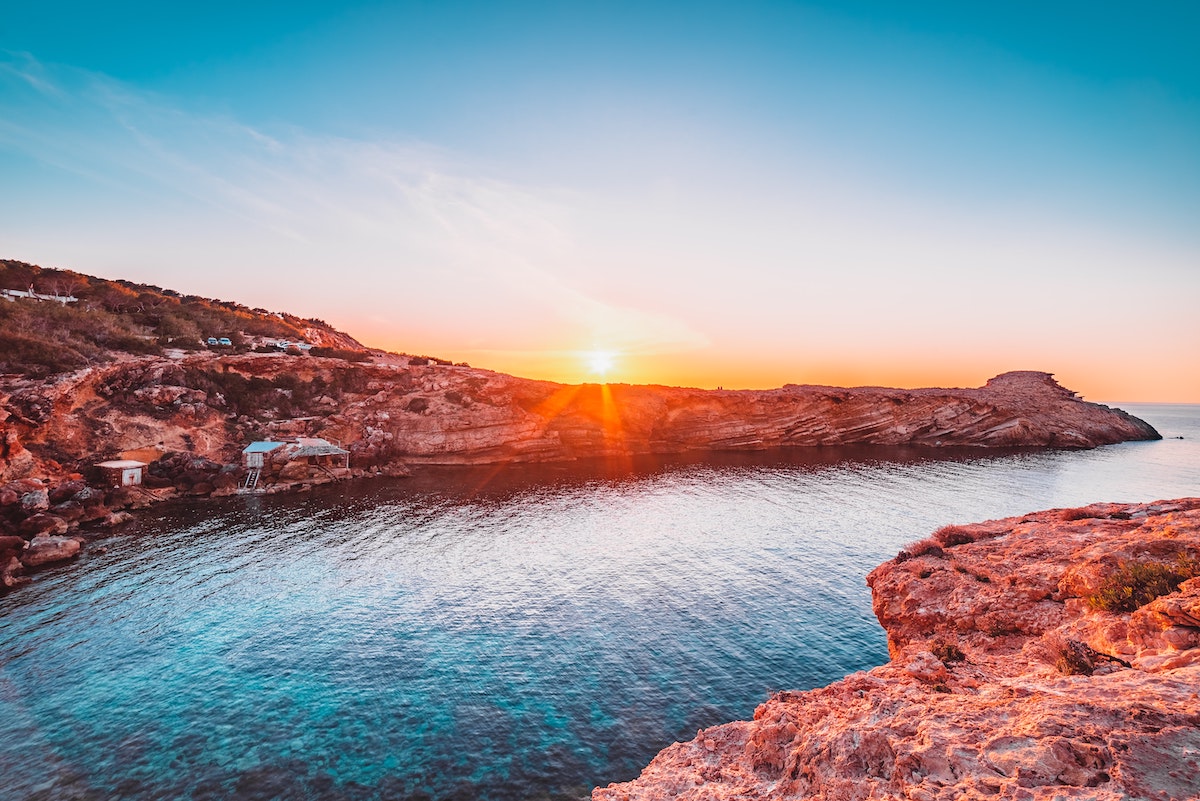
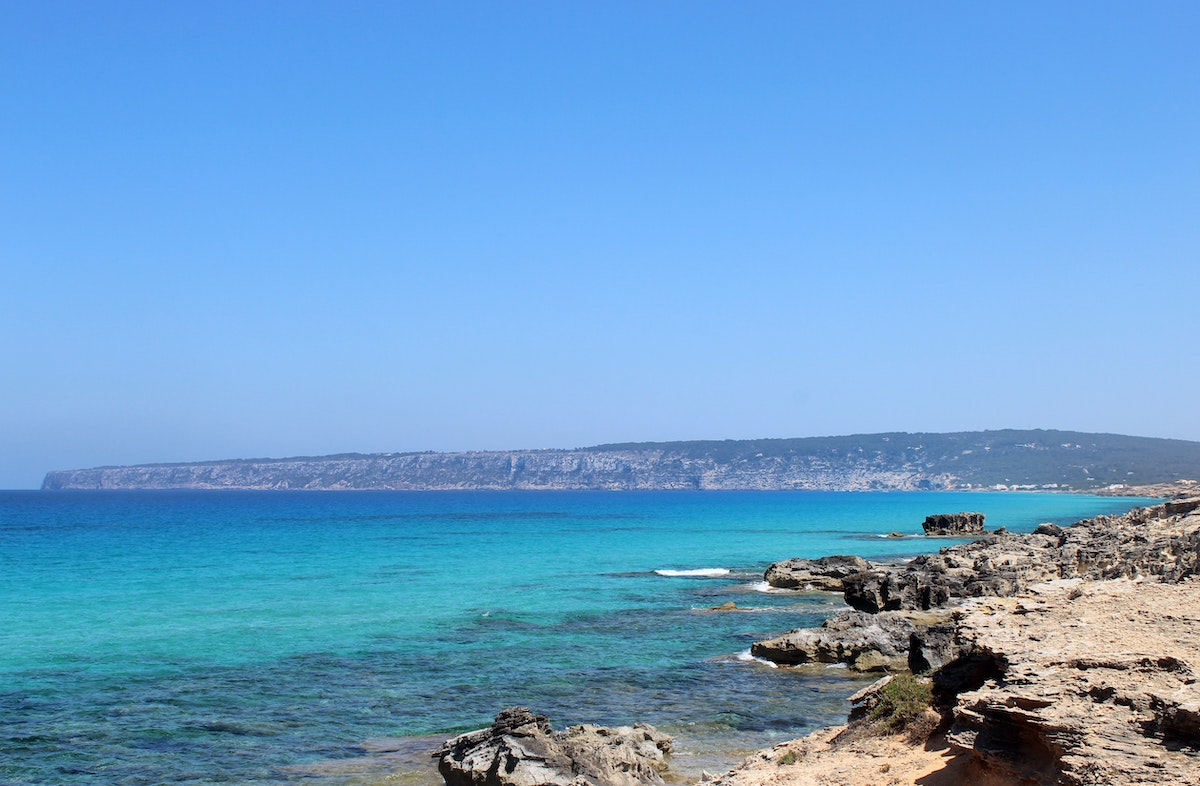
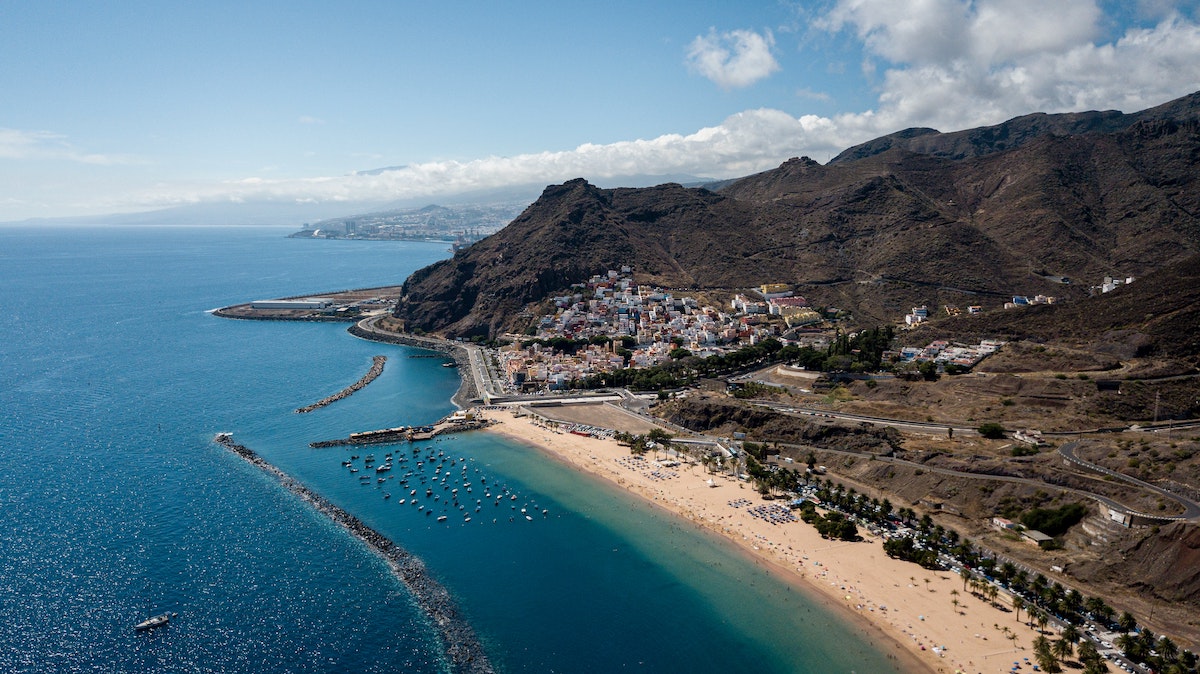
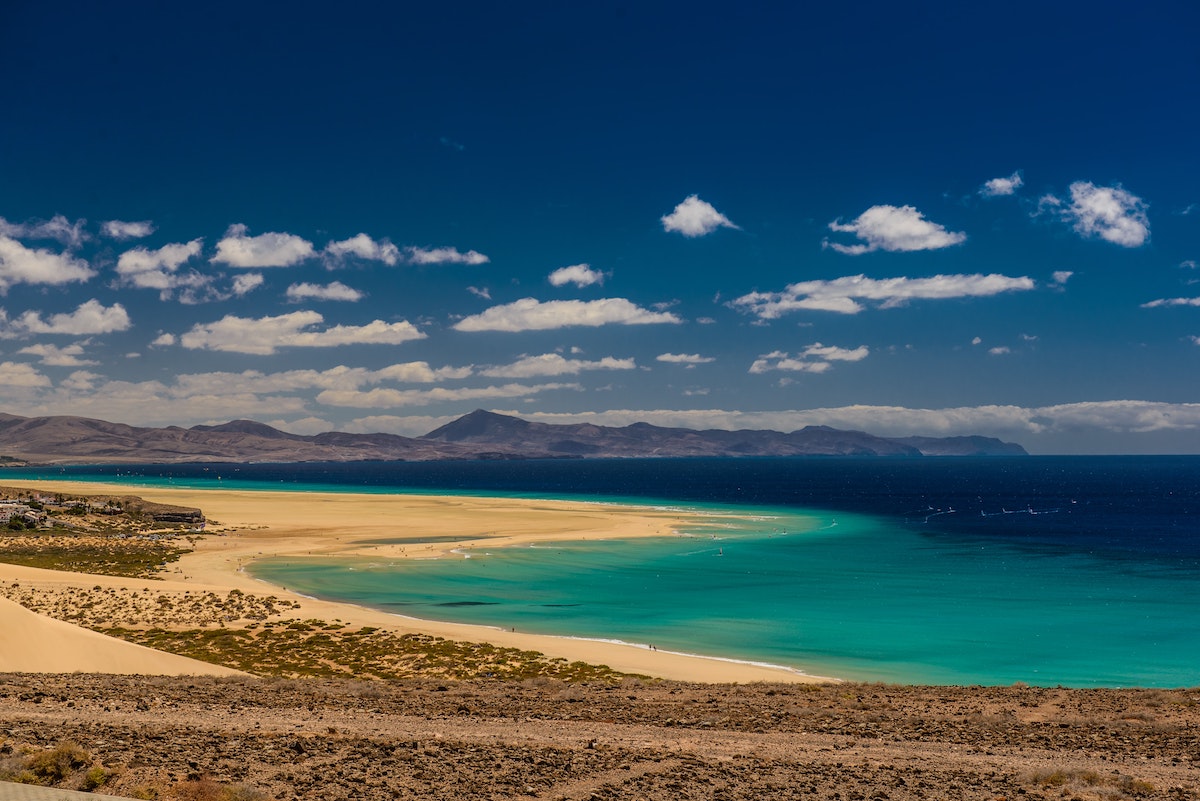
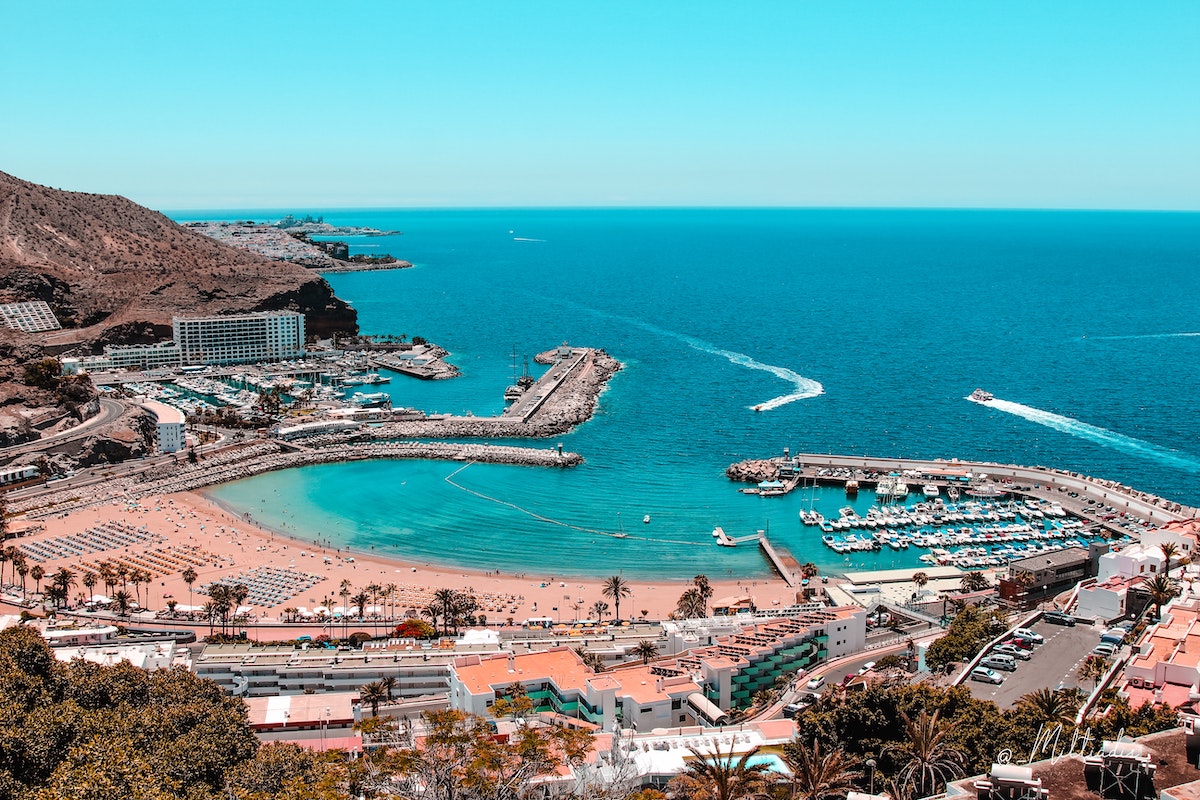
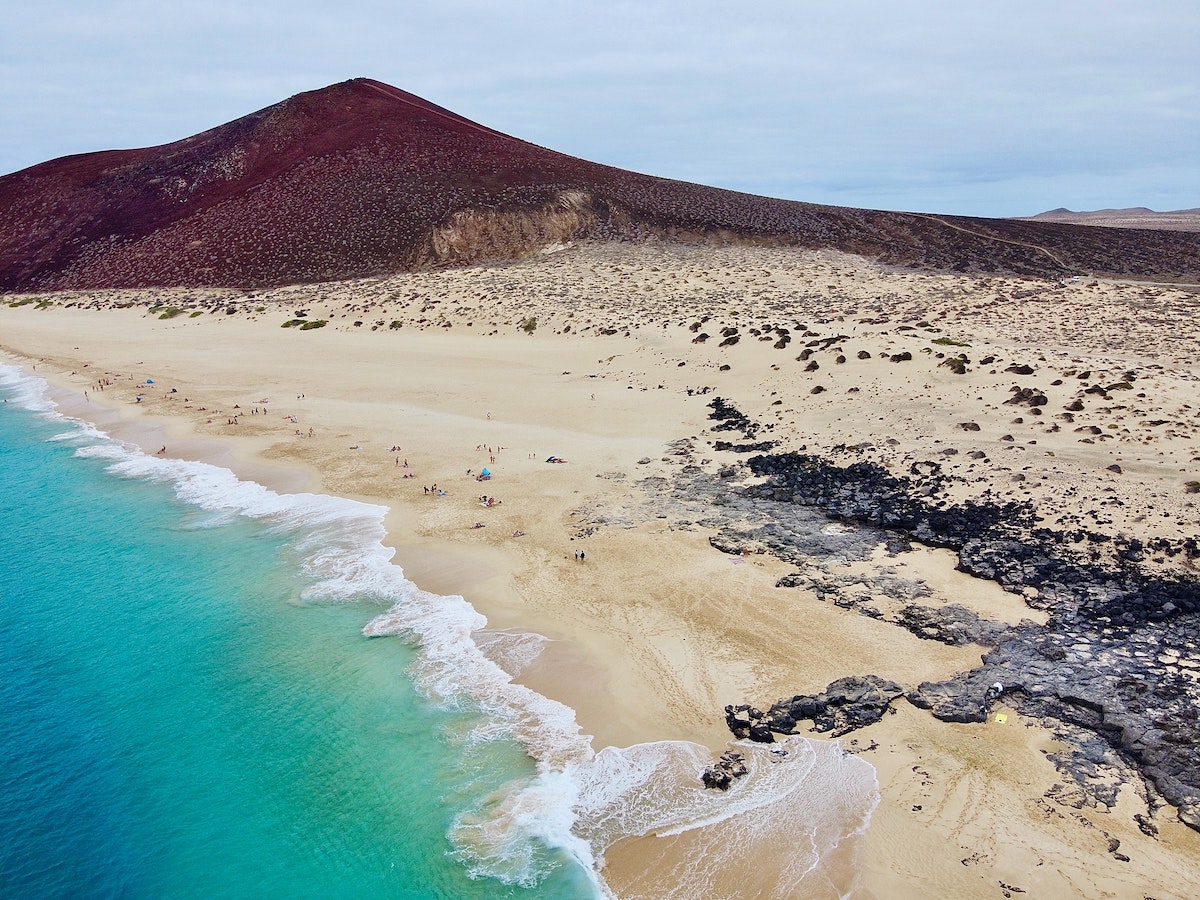
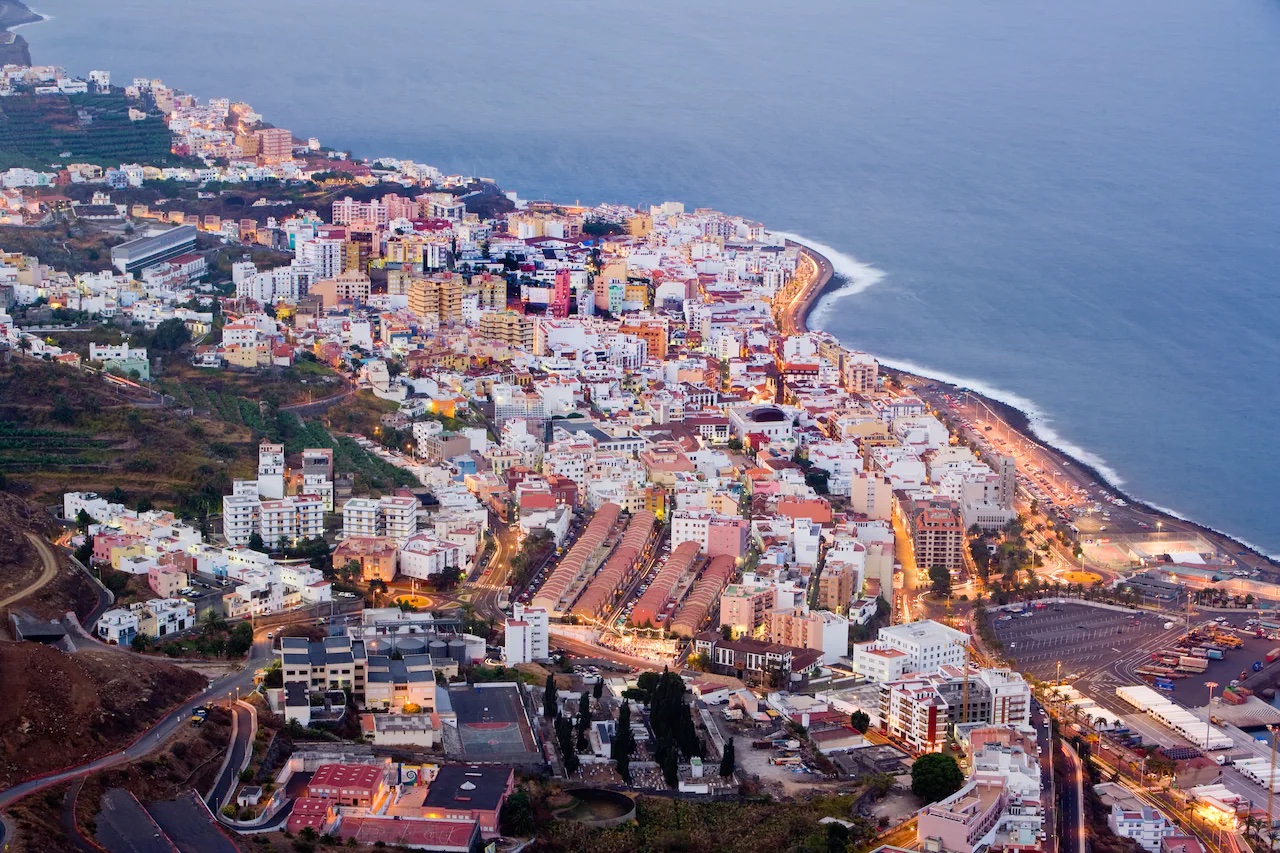
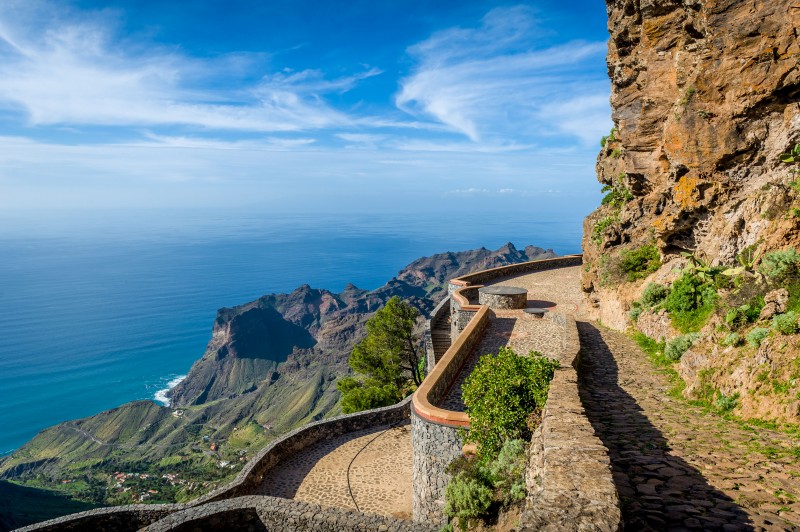
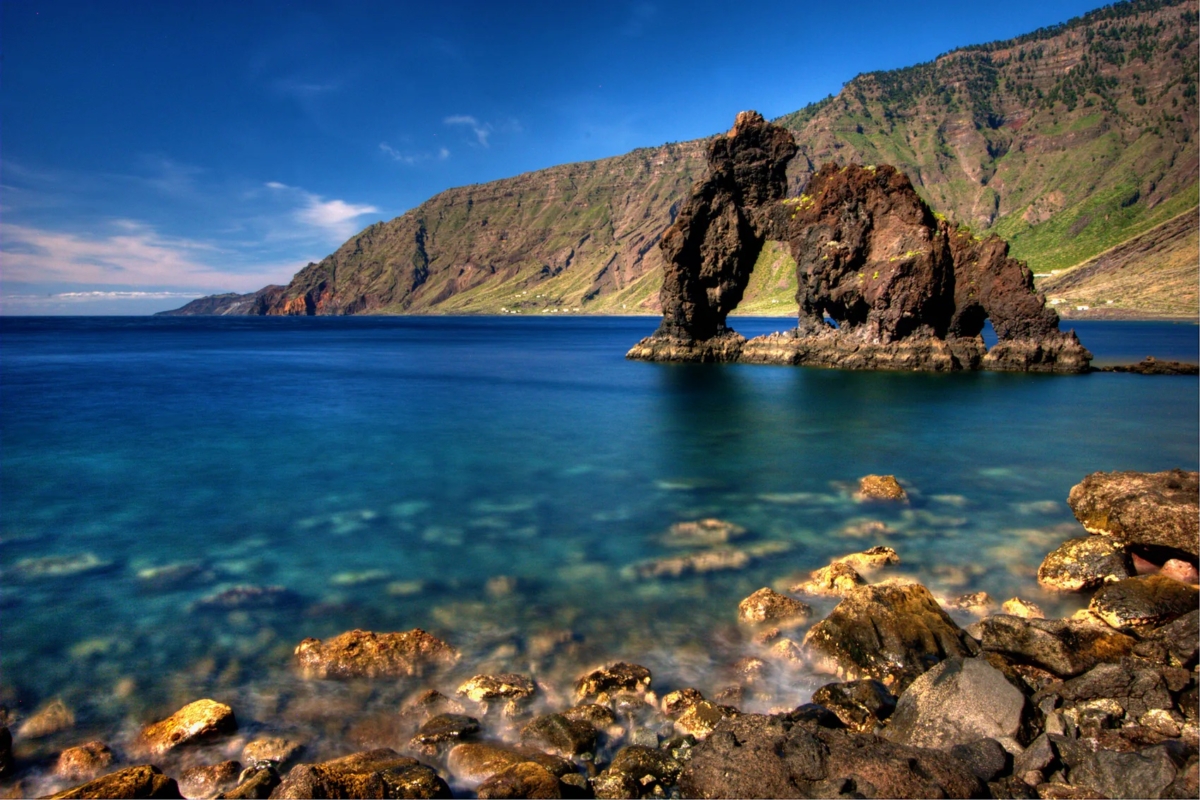
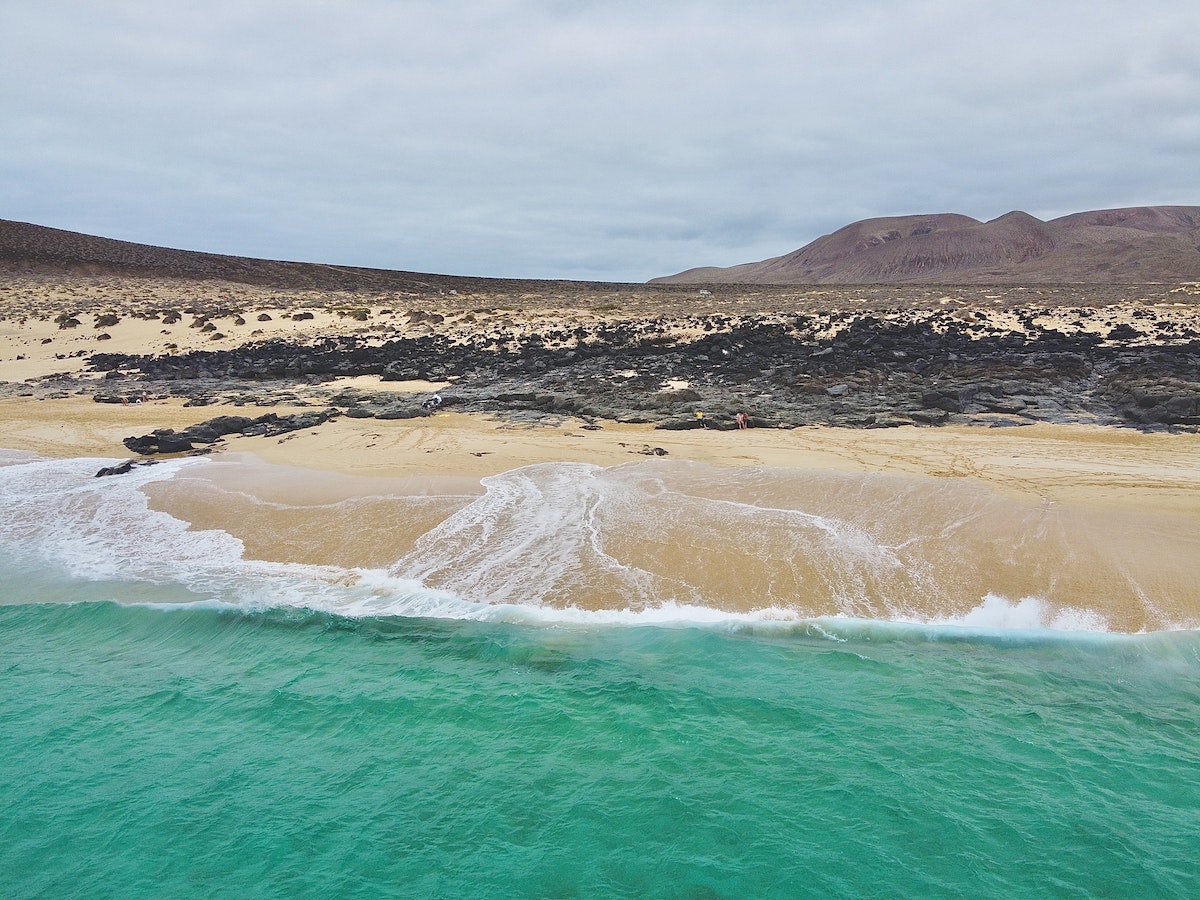


Great Post ! I have read your other posts which are really informative for any traveler. Thanks for sharing such a beautiful informative information on the blog.
Great stuff! I really enjoyed it. Thanks for this great article. It really inspires me. Europe has many great countries with beautiful islands such as Greece and Spain. Everyone should visit these amazing places.